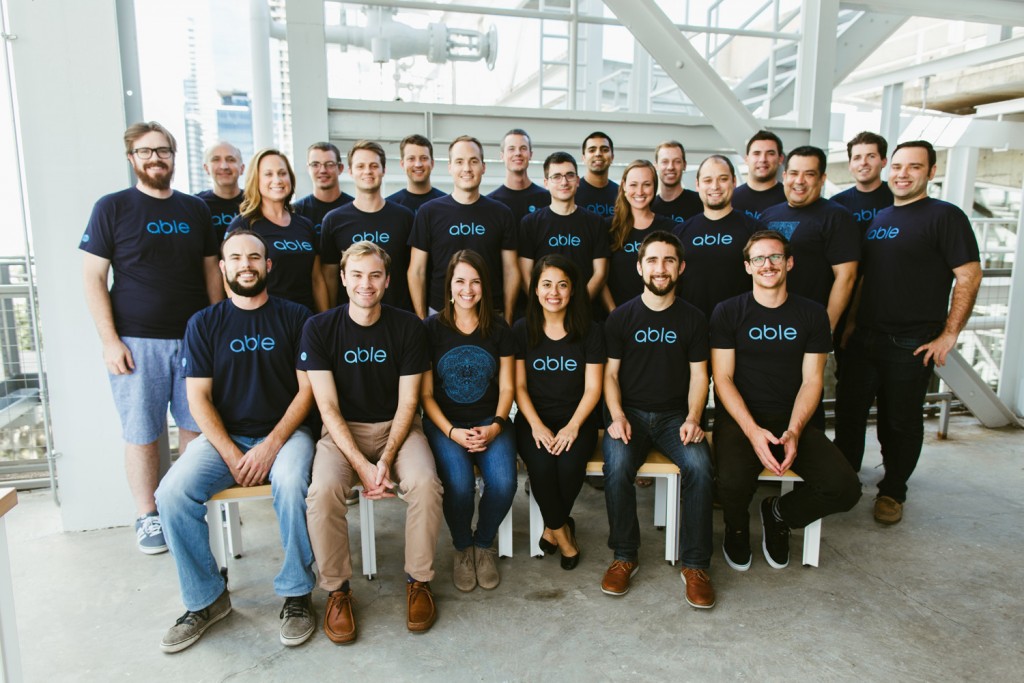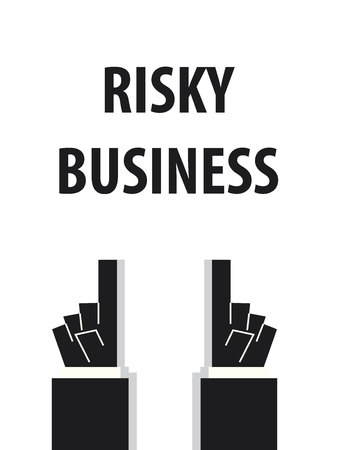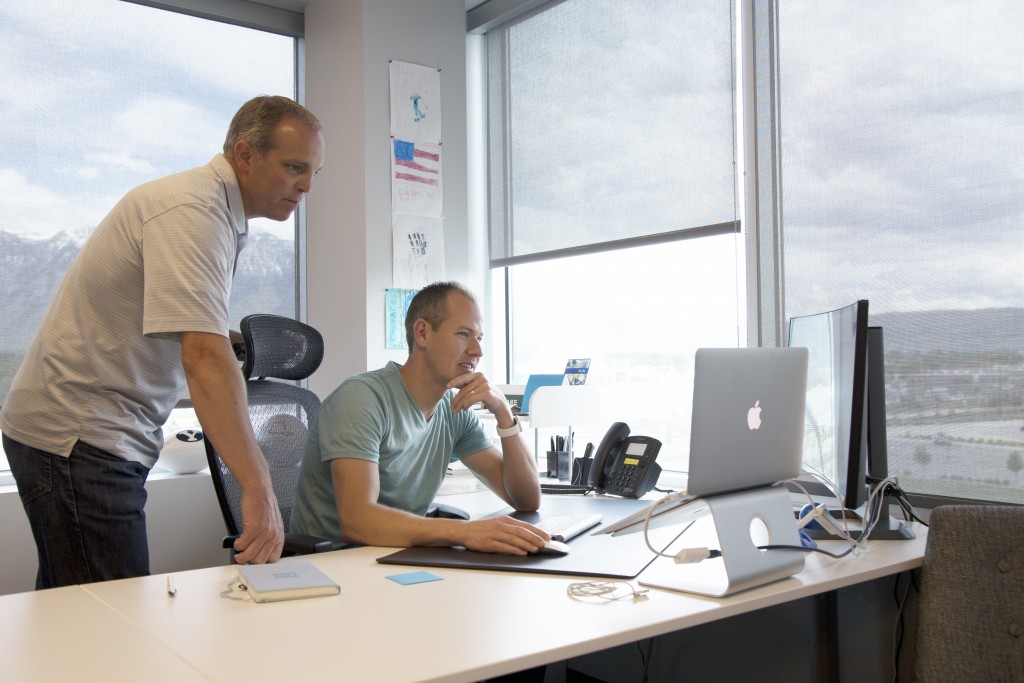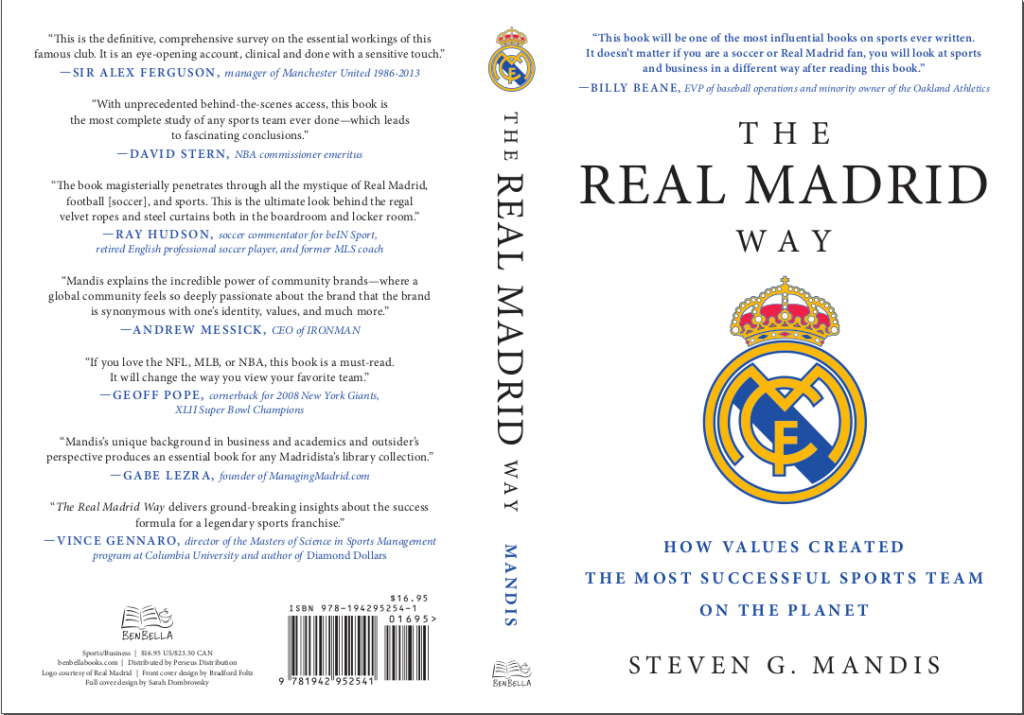Business Lending
Brief: PE Giant Warburg Pincus to Acquire Texas Funder Ascentium Capital
October 6, 2016New York-based private equity firm Warburg Pincus agreed to acquire Texas-based equipment financing company Ascentium Capital. The details of the deal remain undisclosed.
Ascentium Capital, with $1.1 billion in assets provides vendor financing, partnering with distributors, resellers to fund their small business customers. And in March this year, it started lending to ISOs and retail merchants directly. The company will be continued to run by CEO Tom Depping who will roll over his stake in the business.
“We see a compelling market opportunity to continue to build Ascentium to become a multi-product capital provider to small businesses through both organic growth and complementary acquisitions,” said Arjun Thimmaya, Managing Director, Warburg Pincus in a statement.
The five year old firm has financed over $2 billion since inception, and funded $225.4 million during Q2 this year. Ascentium’s financial advisor was Goldman Sachs and Vinson & Elkins LLP served as legal counsel.
Personal Network Lender Able Lending Raises $100 Million As Debt
September 28, 2016
Austin, Texas-based small business online lender Able Lending has secured $100 million in debt financing from San Francisco-based investment firm, Community Investment Management (CIM).
Able prefers lending to entrepreneurs who raise part of the funds from their personal network of family and friends that Able calls ‘Backers.’ These ‘backers’ typically fund as much as 10 percent of most Able loans whose term loans go up to $1 million with rates starting at 8 percent for companies with revenues over $100,000.
In June this year, the startup committed to deploy $5 million to fund companies in the Dallas-Forth Worth area right about the time when its rival San Francisco-based Vouch Financial closed shop. Vouch made personal loans based on a ‘vouching network’ of sponsors.
“During a time when investors’ confidence in alternative lending has plunged, this investment is a vote of confidence in our loan model and our team,” said Able Lending CEO Wills Davis in a statement. The company estimates that it will fund approximately 500 small businesses from the CIM deal.
Entire Industries Still Unbankable Despite Big Data Boom
September 28, 2016
The use of data and technology for assessing risk shows promise for new borrowers, safer bets and fewer delinquencies. Big data has been credited for overhauling traditional lending models and ushering in a new crop of lenders that do not shy away from risky businesses and low credit scores. But has it been successful in narrowing the list of industries previously ineligible to even be considered? And perhaps there’s a bigger story, that some lenders still maintain a list of industries they cannot or will not lend to despite the boom in data. deBanked checked the temperature on restricted lending practices today with three lenders and here’s what we found.
Jersey City-based World Business Lenders whose average loan size is $150,000 does not lend to startups. According to chief revenue officer, Alex Gemici, startups usually don’t have revenues to justify payments. “Startups fail the ‘ability to pay’ test,” he said.
The restricted industries for WBL are the usual-suspects that fall in the federal legality grey areas like Marijuana related businesses and adult entertainment websites and weapon manufacturers that the company takes a moral stance against. Gemici said that the company has never lent to these industries and will evaluate the policy only if the need arises.
Apart from these WBL also classifies certain establishments as ‘high risk,’ either prone to defaults or without a steady cash flow like car dealers, childcare services, gas stations, real estate speculators, stock brokers, insurance brokers etc. which the company lends to with increased scrutiny and tighter checks.
 Often, the risk appetite of a company depends on how long it has been in business and its funding track record. For instance, San Diego-based National Funding is 17 years old but is gun shy when it comes to lending to auto dealerships, thanks to sustained losses. “We don’t lend to auto dealerships because they already have enough MCA plans out there,” said CEO Dave Gilbert. “It’s too risky to be in that environment without being tied to actual assets, we have had too many losses.”
Often, the risk appetite of a company depends on how long it has been in business and its funding track record. For instance, San Diego-based National Funding is 17 years old but is gun shy when it comes to lending to auto dealerships, thanks to sustained losses. “We don’t lend to auto dealerships because they already have enough MCA plans out there,” said CEO Dave Gilbert. “It’s too risky to be in that environment without being tied to actual assets, we have had too many losses.”
Government agencies, membership organizations (usually, non profit), insurance brokers, online dating services, weapon manufacturers, credit repair services, gambling and ticket sales websites are also industries the company does not lend to.
However, construction companies, oil companies, transportation and industries with high subsidies like solar businesses are what National Funding considers high risk and will finance cautiously, by tightening the credit window, advancing smaller amounts, demanding higher FICO scores and increasing scrutiny on cash flows.
Irrespective of whether a company automates underwriting, few contest the need for rich and varied data for calculating risk and approving a loan. Kennesaw, Georgia-based IOU Financial, which recently started lending in Canada, has a proprietary ‘Risk Logic’ score for underwriting which includes credit data, financial and non-financial accounts, public records, transactional data and a business owner’s personal credit information.
Despite this, it restricts lending to businesses with seasonal cash flow like tax prep services, industries that invoice out for larger orders including manufacturing, and marijuana dispensaries. IOU also does not lend to industries where it has faced high delinquencies in the past, like oil refinery service related industries and supply chain service providers that are subject to fluctuations in commodity prices.
And if OnDeck, the touted leader in deploying big data for underwriting prohibits 60 industries in five different categories including blood and organ banks, payroll companies and its own kind — non-bank financial companies, has big data really changed underwriting?
Shark Tank Star Barbara Corcoran Stars in OnDeck TV Commercial
September 27, 2016Real estate mogul Barbara Corcoran is going beyond Shark Tank to help small businesses, this time by appearing in TV commercials for OnDeck.
“All small business owners have grit and perseverance. That’s a given. What they sometimes lack is access to capital. That’s where OnDeck becomes so valuable. OnDeck has the services and solutions that entrepreneurs need to meet daily challenges and grow their business,” said Ms. Corcoran in an OnDeck announcement. “I’m delighted to communicate the good news to small businesses that, thanks to OnDeck, financing their dreams is easier and faster than ever.”
See both versions of the commercial below:
Corcoran isn’t the only Shark Tank star to promote a small business lender. Kevin O’Leary, for example, is a spokesperson for IOU Financial, Lori Greiner is a spokesperson for Kabbage, and Kevin Harrington actually co-founded Ventury Capital.
Kalamata Capital Chairman Steven Mandis Authors Second Book
September 25, 2016 Kalamata Capital Chairman Steven Mandis is doing more than just approving small businesses up to $750,000 in under 24 hours. He’s also just authored a new book, The Real Madrid Way: How Values Created the Most Successful Sports Team on the Planet.
Kalamata Capital Chairman Steven Mandis is doing more than just approving small businesses up to $750,000 in under 24 hours. He’s also just authored a new book, The Real Madrid Way: How Values Created the Most Successful Sports Team on the Planet.
Not a subject you expected from a tech-driven small business lender? Steven Mandis is not your average industry executive…
Prior to Kalamata, he worked at Goldman Sachs in the investment banking, private equity, and proprietary trading areas. He assisted Hank Paulson and other senior executives on special projects and was a portfolio manager in one of the largest and most successful proprietary trading areas at Goldman. After leaving Goldman, he cofounded a multibillion-dollar global alternative asset management firm that was a trading and investment banking client of Goldman’s.
During the financial crisis, Mandis was a senior adviser to McKinsey & Company before becoming chief of staff to the president and COO of Citigroup and serving on executive, management, and risk committees at the firm.
He’s also an adjunct professor at Columbia Business School, where he teaches classes of MBA and executive MBA students on strategic issues facing investment banks and the European financial crisis.
His first book, What Happened to Goldman Sachs? was widely acclaimed. “Several authors have tackled the question of how Goldman’s culture changed post-1999 but none so deftly as Steven G. Mandis, a banker-turned-sociologist,” wrote the Wall Street Journal. I also read it cover-to-cover myself back in March of 2015.
In Real Madrid, “Mandis is the first researcher to rigorously analyze both the on-the-field and business aspects of a sports team. What he learns is completely unexpected and challenges the conventional wisdom that moneyball-fueled data analytics are the primary instruments of success.”
Former NBA Commissioner David Stern said of the book, “With unprecedented behind-the-scenes access, this book is the most complete study of any sports team ever done–which leads to fascinating conclusions.”
Are you a finance buff? Sports buff? Perhaps both? You’ll want to read his new book.
Lendio Improves Access to Capital, Continuing Marketplace Trend
September 22, 2016 Small business loan marketplace Lendio partnered with Detroit-based working capital financing company Supplier Success to improve capital access to businesses owned by minority and women owners.
Small business loan marketplace Lendio partnered with Detroit-based working capital financing company Supplier Success to improve capital access to businesses owned by minority and women owners.
“By joining forces with Supplier Success, we’re able to expand our capabilities to provide minority business owners easier access to financing,” said Brock Blake, CEO and co-founder of Utah-based, Lendio.
Supplier Success is the latest addition to the string of partners the company already works with. In August, the company announced that it had facilitated over $250 million in funding transactions and of that, $55 million was originated in Q2 alone. Partnerships with GoDaddy and Staples originated $14 million and $4 million respectively.
Loan marketplaces have been quick to board the partnership wagon, forging customer-share deals to expand their reach. Recently, Conshohocken, Pennsylvania-based small business lender CapitalFront partnered with Lenders One, a marketplace for mortgage brokers to offer unsecured business loans on the Lenders One platform.
Lenders One is a mortgage banking cooperative with 250 members including credit unions and community banks. Under the customer-sharing partnership, CapitalFront will offer funding to self-employed residential mortgage customers.
“Roughly 20% of mortgage borrowers are self-employed business owners,” said Brian Simon, CEO of CapitalFront in a statement. “The relationship between CapitalFront and Lenders One allows the cooperatives members to differentiate their services and strengthen their relationships with their customers by offering borrowers access to capital for their business needs.”
Windset Capital Winding Down
September 18, 2016 An email sent out on Friday by Paul Phillips, announced that Riverton, UT-based Windset Capital will be winding down their funding operations this week. Phillips is the company’s business development manager.
An email sent out on Friday by Paul Phillips, announced that Riverton, UT-based Windset Capital will be winding down their funding operations this week. Phillips is the company’s business development manager.
“Windset will no longer accept new loan applications effective Monday, September 26, 2016. Windset will complete and fund all open and valid approvals and will continue to service all of the loans in its portfolio, for the entire duration of their terms.”
Phillips’ email explains a hard truth. “In our opinion the working capital loan market has become unhealthy, reflecting current and trending competitive patterns that we believe no longer maintains an acceptable balance between risk and pricing,” he says. “In addition, as an organization, we have multiple growth opportunities in our equipment finance businesses that are more compelling.”
Windset launched in in 2013 with the idea that they could provide businesses with at least two years in business with working capital loans up to $250,000.
“After three years of serving the short-term working capital market and dedicating 100% of Windset’s resources to the broker/ISO community, we have made the strategic decision to exit the working capital loan market and focus solely on our growing equipment finance businesses.” said Barry Shafran, Chesswood’s President and CEO.
Winset is owned by Chesswood Group Limited, whose portfolio of companies includes the notable Pawnee Leasing.
“While we have continued to manage Windset profitably, our longer term outlook on the changing fundamentals of the working capital loan market have made us uncomfortable with the risk-return profile. We appreciate the many relationships we have made since 2013 and we will continue to fund all of our partners’ approved applications,” said Windset and Pawnee Leasing President Gary Souverein.
Annual Percentage Rates Fail Business Owners, Again
September 16, 2016 A survey of small businesses once again revealed that Total Cost of Capital (TCC) was a better metric than Annual Percentage Rate (APR) when choosing a small business loan. This study, conducted by Edelman Intelligence on behalf of the Electronic Transactions Association (ETA), found that a majority of respondents stated that they would look to minimize TCC, rather than APR, when considering loan options in the face of a short-term ROI opportunity.
A survey of small businesses once again revealed that Total Cost of Capital (TCC) was a better metric than Annual Percentage Rate (APR) when choosing a small business loan. This study, conducted by Edelman Intelligence on behalf of the Electronic Transactions Association (ETA), found that a majority of respondents stated that they would look to minimize TCC, rather than APR, when considering loan options in the face of a short-term ROI opportunity.
The ETA explained this in the report as follows:
Generally, when consumers take out a loan, they are not making an income-generating investment that would increase the funds available to pay the loan back. Therefore, in most situations, the more “affordable” loan for a consumer is one with a longer term and lower monthly payments, even if it results in paying more over the long term. Consumers, therefore, look at APR, which describes the interest and all fees that are a condition of the loan as an annual rate paid by a borrower each year on the outstanding principal during the loan term. APR takes into account differences in interest rates and fixed finance charges that may otherwise confuse a consumer borrower and is most useful in comparing similarly long-term loans, such as 30-year mortgages or multi-year auto loans. Likewise, APR is useful for comparing revolving lines of consumer credit, like credit cards, where the amount borrowed each month changes. APR allows consumers to compare the rate at which an outstanding balance would increase under different credit cards.
While APR describes the cost of the loan as an annualized percentage, TCC represents the sum of all interest and fees paid to the lender. As the Cleveland Federal Reserve recently noted, TCC enables a small business to determine the “affordability” of a product – a key driver for most small business borrowers. Unlike consumer loans, commercial loans are normally used to generate revenue by helping a business purchase equipment or inventory or hire additional employees. Thus, “affordability” for small business borrowers means assessing the cash flow impact of the loan and comparing the TCC of the loan and the return they expect to earn from investing the loan proceeds. To reduce TCC, many small business borrowers prefer short-term financing they can quickly pay back with the return on their investment (ROI).
The ETA’s full report can be VIEWED HERE.
The findings are consistent with other studies:
Fed study on small business borrowing
A debate with anecdotal evidence, demonstrating people’s inability to calculate an APR
Consumers also struggle to make sense of APR, according to a 2008 Fed study






























